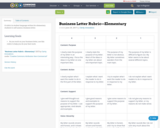
A rubric in student language written for elementary students to self-assess a business letter.
- Subject:
- English Language Arts
- Material Type:
- Assessment
- Date Added:
- 06/29/2017

A rubric in student language written for elementary students to self-assess a business letter.

A little understanding can go a long way. After learning about difficulties that Palestinian youths face, students will write a letter to an official discussing these issues.

Students write persuasive letters to their librarian requesting that specific texts be added to the school library. As they work, students plan their arguments and outline their reasons and examples.
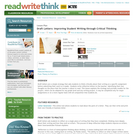
Draft letters ask students to think critically about their writing on a specific assignment before submitting their work to a reader. This lesson explains and provides models for the strategy.
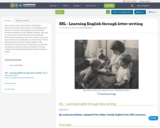
There can be many reasons why a family finds themselves facing a new country, a new language and even new customs. This program is aimed towards families attempting to learn English together, although it could work for anyone learning a new language. Learning the language of your new country can greatly lessen the stress of unfamiliar circumstances as well as bring the family closer by doing it together.
The methods are to write letters to each other, and thereby increasing vocabulary. Getting confident in writing, reading and understanding English while bonding as a family.
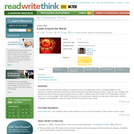
With e-pals, students develop real-life writing and social experiences, learn the format of a friendly letter and parts of an e-mail message, and discover other cultures, languages, and geographic areas.
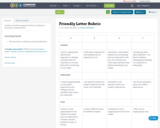
A rubric in student language written for students to self-assess a friendly letter.
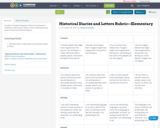
A rubric in student language written for elementary students to self-assess a diary or letter written from the point of view of an historical figure.
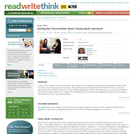
Students create a persuasive case calling for the adoption of a particular young adult literature title into their school's language arts curriculum by writing letters or speeches.
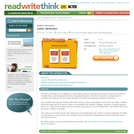
The Letter Generator is a useful tool for students to learn the parts of a business or friendly letter and then compose and print letters for both styles of correspondence.
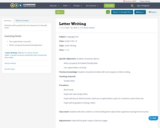
Students will be guided into the elements of a friendly letter.
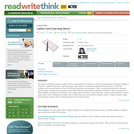
Using their prior knowledge of books containing letters, students show their understanding of genre by rewriting a story and reflecting on how traditional stories differs from stories told in letters.
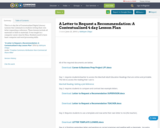
This is a 4-day Set of Contextualized Digital Literacy Lessons that culminate in students writing their own letter requesting a reference. These lessons include all materials or links to materials. It was taught in a computer career class for ELLs. Students need to have basic computer and word processing skills.
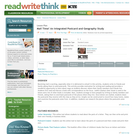
Children write and receive postcards from friends and family, and then chart where all those postcards come from on a classroom map.
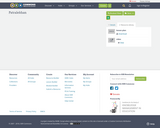
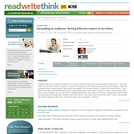
Students use persuasive writing and an understanding of the characteristics of letters to the editor to compose effective letters to the editor on topics of interest to them.
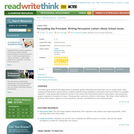
Students learn that you don't have to raise your voice to raise a point. Writing a persuasive letter to your principal is a great way to get your opinions heard.
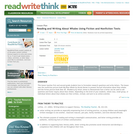
Students will have a whale of a good time in this lesson in which they use fiction and nonfiction texts to write a letter to an online scientist.
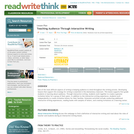
One of the most difficult aspects of writing is keeping audience in mind throughout the writing process. Developing lessons that support this strategy for writing is essential in the elementary classroom. This lesson supports first-grade students in learning about audience. Through interactive writing, students work together to create a genuine invitation letter for a group of their peers. In addition to the interactive writing experience, students work independently to create invitation letters for their families. Extension activities include conducting additional interactive writing experiences, reading books with samples of letters, and creating invitations at a learning center.
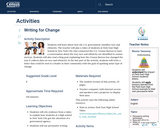
Students will learn about how the U.S. government classifies race and ethnicity. The teacher will play a video of students at Park East High School in New York City who contacted the U.S. Census Bureau to start a conversation about the way race and ethnicity are identified in census surveys. Students will also read a blog post explaining how the Census Bureau has changed the way it collects data on race and ethnicity. In the last part of the activity, students will write a letter that could be sent to a leader in their community with the goal of sparking some type of change.